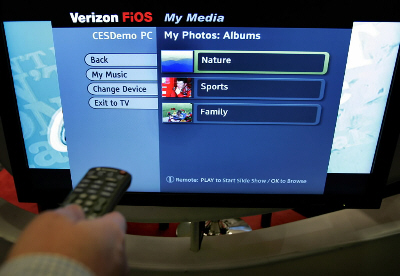Television (TV) has an inspiring past, ripe with milestones back to 1831, when British physicist and chemist Michael Faraday discovered electromagnetic induction. The medium came of age in the 1950s, with popular shows like I Love Lucy, the 1954 World Soccer Championship, color broadcasting and the beloved remote control. For several generations, the TV audience happily embraced scheduled programming. For the industry, making a connection with consumers was a pretty straightforward, one-to-many experience…until recently.
Today, audiences are becoming increasingly fragmented, splicing their time among myriad media choices, channels and platforms. For the last few decades, consumers have migrated to more specialized, niche content via cable and multichannel offerings. Now, with the growing availability of on demand, self-programming and search features, some experiencers are moving beyond niche to individualized viewing. With increasing competition from convergence players in TV, telecommunications and the Internet, the industry is confronting unparalleled levels of complexity, dynamic change and pressure to innovate.
To hone our point-of-view of the mid-term future circa 2012, from both a demand and supply perspective, IBM conducted extensive industry interviews across the value chain and commissioned Economist Intelligence Unit (EIU) primary research in the U.S., Europe and Asia.
Our analysis indicates that market evolution hinges on two key market drivers: openness of access channels and levels of consumer involvement with media. For the next five to seven years, there will be movement on both of these fronts – but not uniformly. The industry instead will be stamped by consumer bimodality, a coexistence of two types of users with disparate channel requirements.
While one consumer segment remains largely passive in the living room, the other will force radical change in business models in a search for anytime, anywhere content through multiple channels. The techand fashion-forward consumer segment will lead us to a world of platform-agnostic content, fluid mobility of media experiences, individualized pricing schemes and an end to the traditional concept of release windows.
Given the influence of both segments in the 2012 forecast period, strategists must today work amid fragmentation, divergence and opposition in the market to optimize across nascent and long-standing business models; across new and traditional release windows; with old and new content programmers; and with both Internet Protocol (IP) and traditional supply chains. Given new market imperatives and heightened operating complexities, we expect value to shift throughout the industry, creating new winners and losers.
Today is the beginning of “the end of TV as we know it” and the future will only favor those who prepare now. Here, we enumerate six priority actions for executives: Segment, Innovate, Experiment, Mobilize, Open and Reorganize.
Faça o download e confira o estudo na íntegra.

